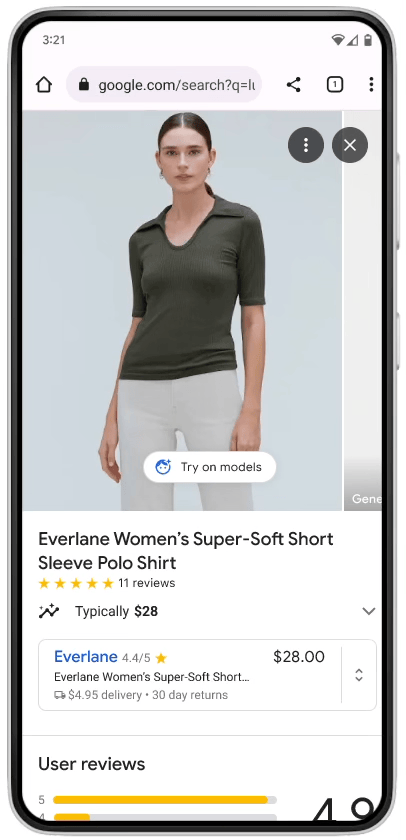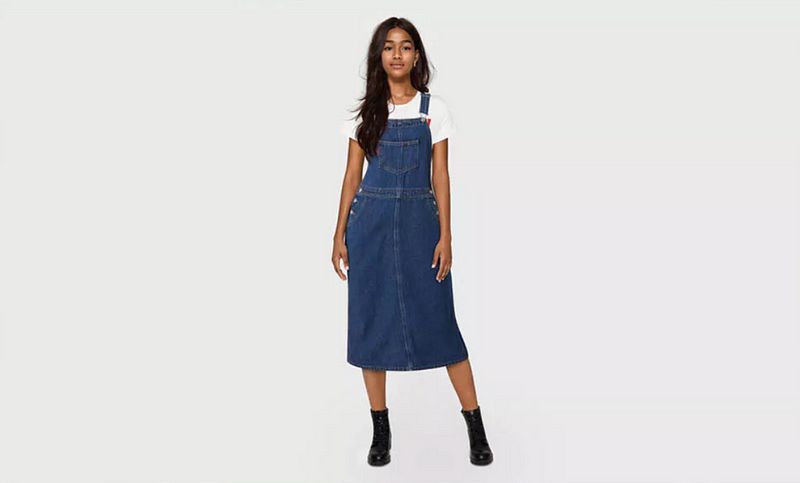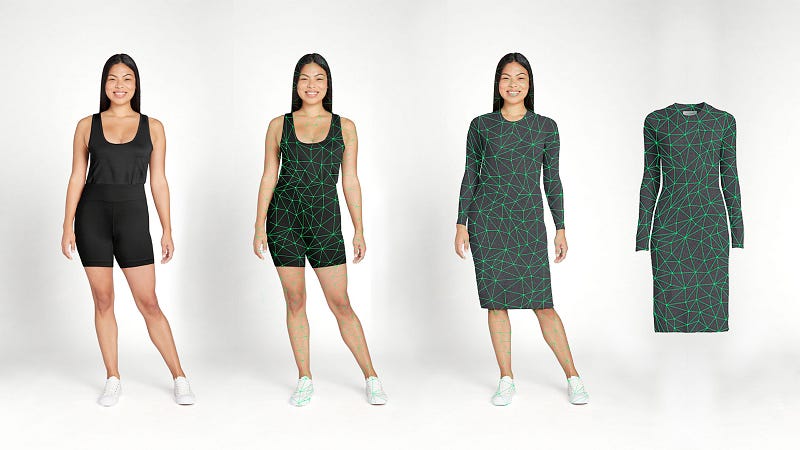The Future of Fashion: How Google's Virtual Try-On is Revolutionizing Shopping
Written on
Chapter 1: Introduction to Virtual Try-On Technology
In a groundbreaking development for online shopping, Google has introduced a virtual try-on feature that allows users to see how clothing fits various body shapes and sizes. Shoppers can choose models to try on apparel from well-known brands like H&M, Loft, Everlane, and Anthropologie, with more brands expected to join soon. This experience is highlighted by a “Try On” badge within Google’s shopping search.
“Our new generative AI model can take just one clothing image and accurately reflect how it would drape, fold, cling, stretch and form wrinkles and shadows on a diverse set of real models in various poses,” — Lilian Rincon, Google senior director of product and shopping.
Here’s a sneak peek at how it functions on an iPhone:

Chapter 2: The Technology Behind Virtual Try-On
Google's innovative model for fashion shopping is truly remarkable. It successfully offers a detailed and realistic visualization of clothing that adjusts to different body shapes and movements. This is achieved through a new AI model known as TryOnDiffusion, which utilizes a diffusion-based architecture called Parallel-UNet.

Unlike conventional diffusion methods that depend on text input, this cutting-edge approach processes two images: a garment and a person. Each image is handled by its own neural network (a U-net), and they share information through cross-attention mechanisms. The outcome is an image that accurately represents the individual wearing the clothing, showcasing the innovative blend of image-based diffusion and cross-attention at the heart of this technology.
Section 2.1: The Impact on Fashion Models
While Google's announcements emphasize the use of "real" fashion models, this marks the onset of a significant shift within the fashion industry. With the integration of Google’s TryOn technology and advanced image diffusion models akin to Midjourney, AI-generated fashion models could soon populate advertisements, marketing materials, and catalogs.
Levi’s is exploring the use of AI clothing models to promote diversity and inclusion, a concept they refer to as ‘artificial diversity.’

Interestingly, Levi's is utilizing technology from Lalaland.ai to create hyper-realistic, body-inclusive avatars. Given the sensitivity surrounding AI's potential to displace jobs, many retailers are currently hesitant to adopt AI fashion models due to concerns over public backlash. However, the cost-effectiveness and versatility of AI models are likely considerations, suggesting that smaller retailers may soon begin leveraging this technology to remain competitive.
Chapter 3: The Evolution of Fashion Shopping
The implications of AI fashion models extend beyond just modeling; what consumers truly desire is the ability to virtually try on clothing using their own images. Recently, Walmart launched a feature called Be Your Own Model, which allows online shoppers to upload personal photos to see how various items will look on them.

While Walmart has not disclosed the specifics of this technology, it appears to be limited to products sold at their stores. In contrast, Google’s integration of the try-on feature into its search platform is anticipated to reach a much broader audience. Once Google enables users to upload their own photos, this will elevate the online shopping experience to unprecedented levels.
Chapter 4: Conclusion and Future Outlook
The advancements brought forth by Google’s AI shopping technology are poised to transform the fashion industry. These developments signal a future where AI fashion models and personalized virtual try-on experiences become standard in the realm of online shopping. My prediction is that within three years, the retail catalogs we receive in the mail (if they still exist) may feature solely AI-generated models, and it will be nearly impossible to distinguish between them and real individuals.
If you found this article insightful, please show your appreciation with claps, comments, and by following for more content. You can also support my work on Medium by becoming a member through this referral link.
This first video delves into Google's virtual try-on feature, explaining its potential impact on fashion shopping.
The second video explores the current landscape of virtual try-on technology and its future applications in the fashion industry.